Welcome, adventure seekers! Today, I want to dive deep into the mesmerizing world of two incredible states: Montana and Colorado.
In Montana, the magnificent Rocky Mountains await, inviting thrill-seekers with its world-class skiing options and exhilarating snow sports.
Feel the rush as you carve your way down the slopes, surrounded by stunning vistas and adrenaline-pumping excitement.
Meanwhile, Colorado Springs beckons with its timeless charm, offering a vibrant blend of history, culture, and endless outdoor exploration.
Delve into the rich tapestry of this city, where captivating stories of the past intertwine with the present, creating an irresistible allure.
In this article, we’ll unravel the mysteries of Montana vs Colorado. Why are they compared, and which one truly reigns supreme in the realm of natural wonders and invigorating experiences?
Join me as we delve deep into the heart of these captivating destinations, examining their landscapes, lifestyles, cost of living, and everything in between.
Buckle up, my friends, because we’re about to embark on an unforgettable journey.
Montana vs Colorado: Why Are They Compared and Which Is Better?
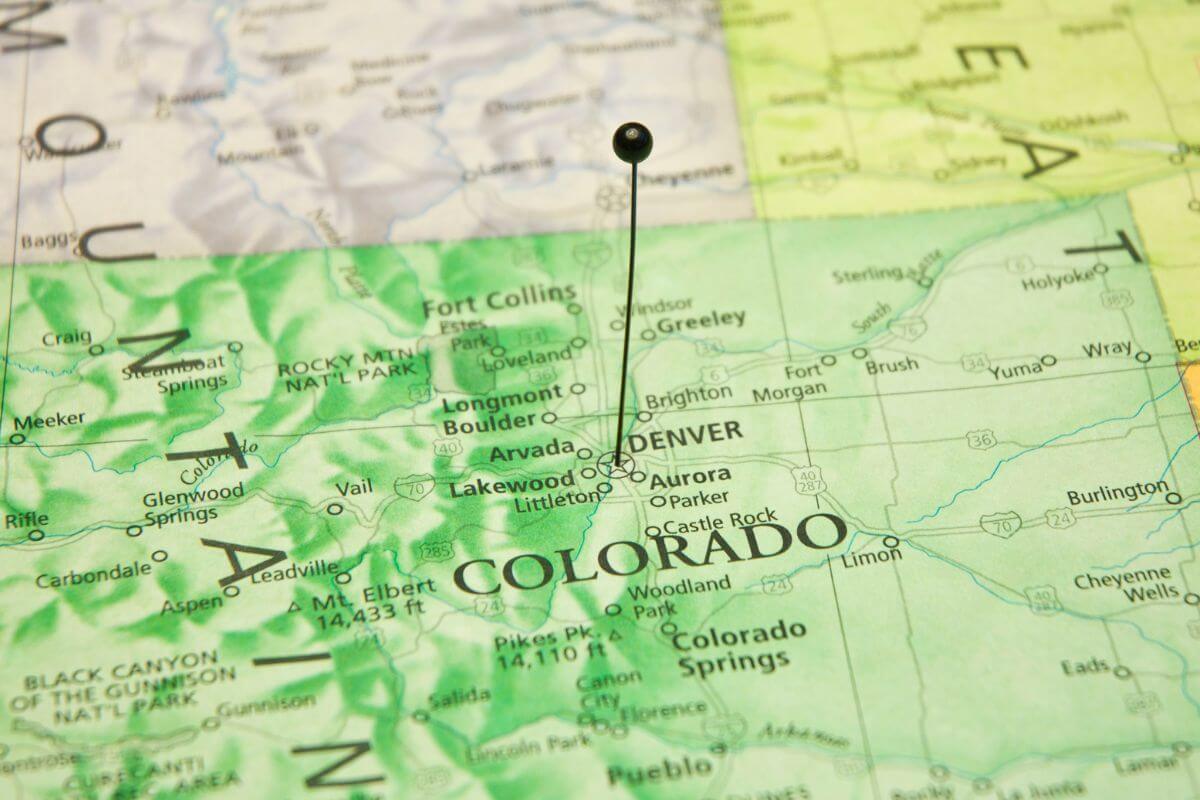
Ah, the enchanting rivalry between Montana and Colorado – two states that have captured the hearts of adventure seekers across the globe.
Montana boasts Glacier National Park’s serenity and Yellowstone National Park’s untamed beauty while Colorado offers the lively base of Lone Mountain and the vibrant allure of Colorado Springs.
Let’s embark on a journey of discovery and find out which of these captivating destinations is the ultimate champion of awe-inspiring experiences.
Montana vs Colorado: Size and Population

These two stunning states with inspiring landscapes, come into focus as we delve into their size and population.
Montana, with its expansive “Big Sky” scenery secures its place as the fourth-largest state in the nation. while Colorado ranks as the eighth-largest state.
To put it in perspective, Colorado’s population is nearly five times larger than that of Montana.
Let’s take a look at their population estimates and total area:
| Montana | Colorado | |
| Population (2022 estimate) | 1,122,867 | 5,839,926 |
| Area (square miles) | 147,040 | 104,094 |
Montana showcases its majesty through Helena, its capital city, while Billings takes the crown as its largest city.
- Read more about Beautiful Montana Locales
On the other side of the coin, Colorado’s capital is Denver, a vibrant hub of culture and adventure, while its largest city is the charismatic Colorado Springs.
Montana has earned the title of “Treasure State” due to its abundant mineral resources, including gold, silver, copper, and coal.
Meanwhile, Colorado proudly stands as the “Centennial State,” a nod to its statehood being granted a century after the signing of the United States Declaration of Independence.
Montana vs Colorado: Lifestyle and Cost of Living
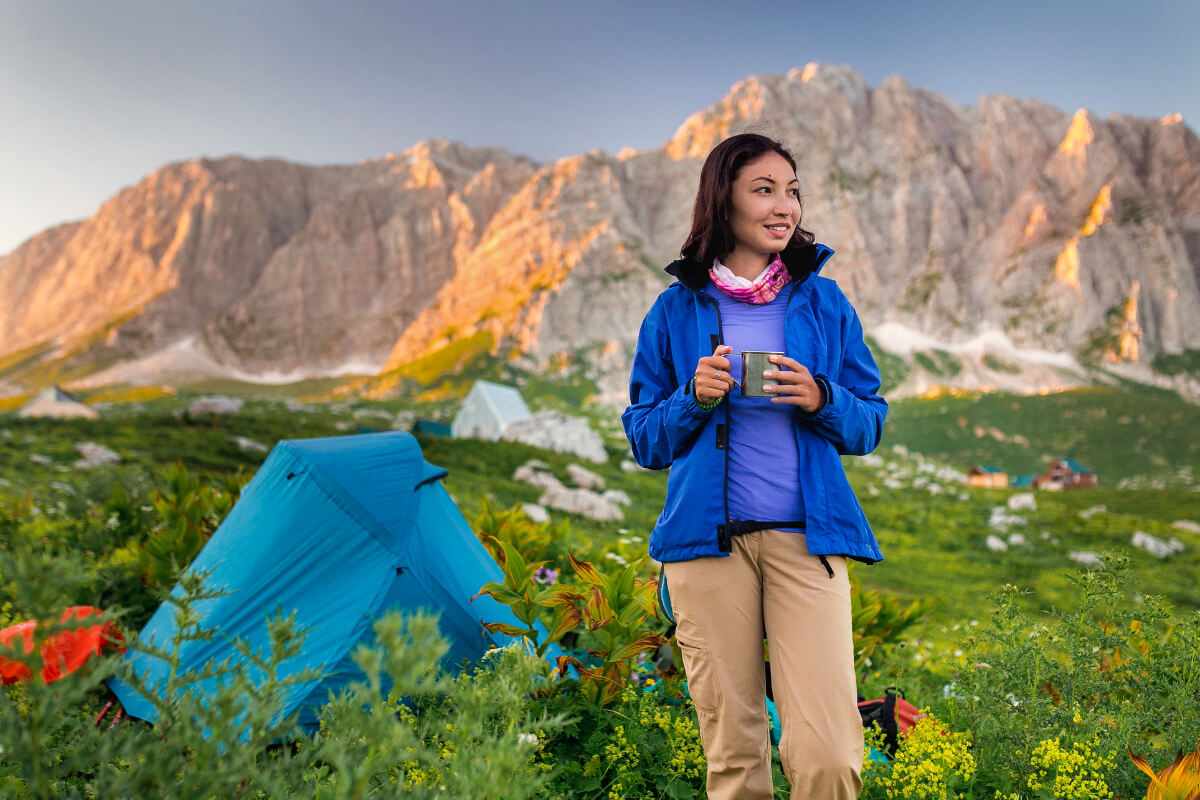
When it comes to lifestyle and cost of living, Montana and Colorado offer unique experiences with their own perks and considerations.
Let’s dive into the specifics to provide you with comprehensive information:
| Cost of Living | Montana | Colorado |
|---|---|---|
| Average Cost of Living | $47,887 | $53,374 |
| Housing and Utilities | $7,708 | $10,447 |
| Health Care | $8,289 | $7,364 |
| Food and Beverages | $3,971 | $4,098 |
| Gas and Energy Goods | $1,388 | $1,079 |
Montana, with its low population density, exudes a more intimate and close-knit atmosphere. The lower cost of living in Montana translates to potential savings and a more affordable lifestyle than in Colorado.
Housing and utilities play a significant role in expenses, and Colorado has a slightly higher cost than Montana. So, if you’re looking for more budget-friendly options, Montana may be the way to go.
Access to quality healthcare is crucial and settling in Colorado might be a good option if you are considering healthcare costs. If healthcare affordability is a priority, Colorado definitely has an edge.
When it comes to food and beverages, including groceries, the costs for these essential items are relatively comparable between the two states.
Gas and energy goods are also crucial considerations. Montana residents tend to pay more in this category compared to their Colorado counterparts.
Montana vs Colorado: Weather and Terrain
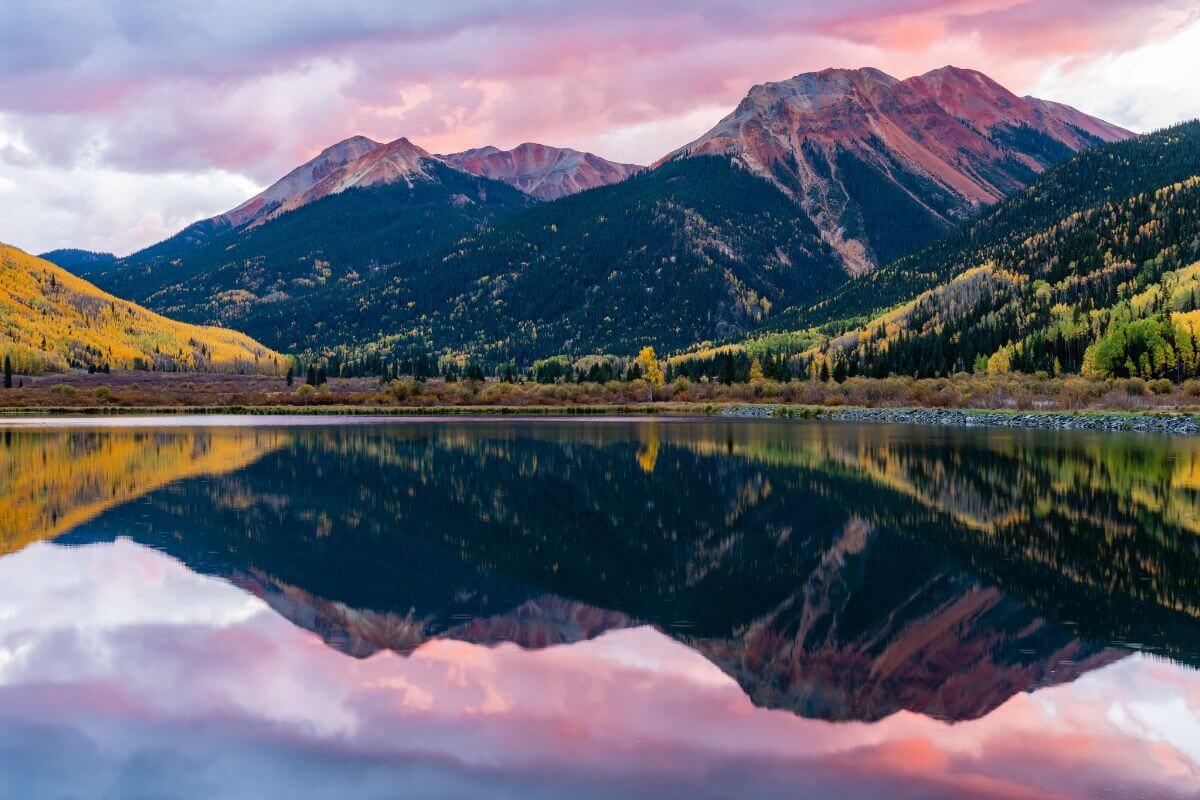
Montana boasts a generally stable climate, with short and warm summers followed by cold and snowy winters. In contrast, Colorado’s weather patterns can be unpredictable, particularly in areas like Colorado Springs.
Montana is known for its landscapes and wildlife. While traveling, you’ll see majestic mountains, foothills on the outskirts of ranges, eroded badlands with minimal vegetation, and prairies of flat grasslands.
Colorado is famous for its mountains, and a significant portion of the state comprises vast plains. These plains are situated at high elevations, making it the state with the highest average elevation in the US.
In fact, Colorado is home to the largest number of peaks exceeding 14,000 feet, with a remarkable 58 peaks in total. Climbing these “fourteeners” has become a pursuit by both residents and visitors alike.
Now, let’s delve into the specifics of weather patterns in these two states:
1. Spring – Spring reveals nature awakening from winter slumber, with Montana’s vibrant wildflowers, and abundant wildlife, while Colorado offers melting snow, and the opportunity to enjoy the outdoors.
- In Montana, spring arrives from March through May. It is unpredictable with gradual snowfall reduction and the arrival of rain in May and June providing moisture for the valleys and helping prevent forest fires.
- Western Montana experiences a slower warm-up, accompanied by cloudy days, cool air, and light showers, while eastern Montana warms up more rapidly and endures scorching weather.
- In Colorado, spring extends into June and is a mix of snowfall and rain showers, with occasional days reaching temperatures as high as 80°F.
2. Summer – Summer brings breathtaking natural beauty, with Montana offering pristine lakes, rugged mountains, and glaciers, while Colorado showcases vibrant wildflowers and stunning national parks.
- In Montana, summers are dry and sunny, with occasional clouds, gentle rain showers, and temperatures ranging between 75-90°F.
- Heat waves may push temperatures into the low 100s °F, and thunderstorms, especially in eastern Montana, can pose a wildfire risk.
- Colorado experiences mild and dry summers, occasionally punctuated by thunderstorms or even afternoon snowfall.
- It may surprise you to learn that the last recorded instance of snow during summer in Colorado was observed on June 11, 2007, in Independence.
3. Autumn – Autumn paints the landscapes with vibrant hues of red, orange, and gold as the leaves change, with Montana’s opportunities for hiking, while Colorado offers the chance to witness elk during their rutting season.
- Autumn in Montana starts in late September and extends into November, with variable weather including weeks of Indian summer followed by cold rain and sporadic snow showers.
- In Colorado, autumn showcases the breathtaking display of changing aspen leaves, typically occurring from mid-to-late September.
- The weather remains mild in Colorado, often referred to as “jeans and t-shirt” weather, with the first snowfall usually arriving in late October or early November.
4. Winter – Winter transforms the regions into a winter wonderland, with Montana’s world-class skiing, and snowboarding, while Colorado offers winter sports activities, creating a haven for snow enthusiasts.
- In Montana, winter begins in late October or early November and lasts through late April or early March.
- Eastern Montana tends to have colder weather, while western cities like Missoula and Kalispell enjoy milder conditions with temperatures often 50°F higher.
- Western Montana receives more snowfall compared to the eastern region, and strong winds and blowing snow are common in the east.
- In Colorado, winter temperatures can vary significantly, with record lows of -61°F and record highs of 83°F. While snowfall is common, it often melts within a few days.
- The key to dealing with Colorado weather is to always be prepared for anything, as the mountains may experience blizzards while the foothills bask in a sunny, 70°F day.
Montana vs Colorado: Natural Resources and Wildlife
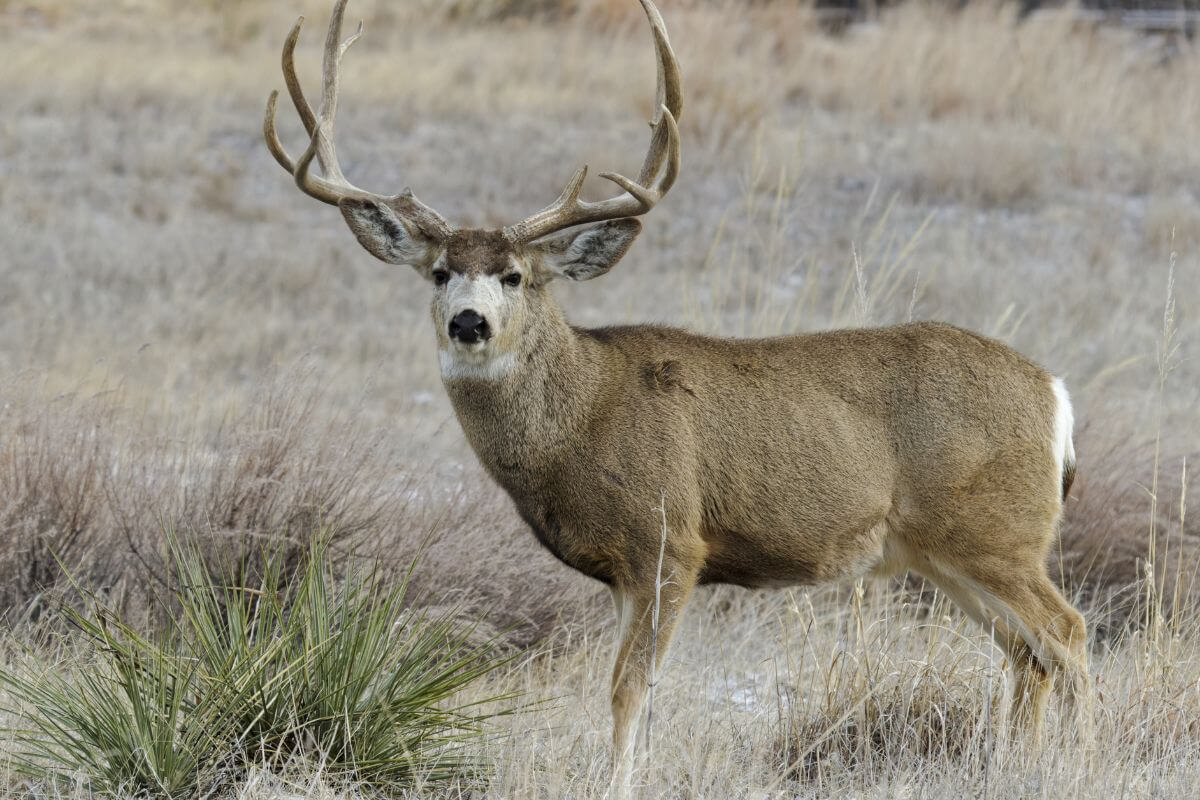
In Montana, you’ll find an abundance of resources from palladium and platinum to copper, molybdenum, and garnets. The state is also known for its production of silver, bentonite, and gemstones.
But it’s not just about what lies beneath the surface—the wildlife in Montana is equally impressive.
From grizzly bears to beavers, from deer to raccoons, the diversity of animals is astounding. You can spot everything from playful otters to majestic elks, making Montana a true haven for wildlife enthusiasts.
Colorado, on the other hand, is no stranger to natural resources. The state leads in the production of molybdenum concentrates and is a major producer of fire clay, gold, and Grade-A helium.
Additionally, Colorado produces bentonite, cement, crushed stone, gypsum, and more. As for wildlife, Colorado is home to a wide variety of creatures.
Bears, mountain lions, and bighorn sheep roam the majestic mountain peaks, while elk, mule deer, and pronghorn can be spotted in the numerous mountain ranges.
These resources and wildlife play a crucial role in the economies of both states.
Mining and extraction industries in Montana and Colorado contribute significantly to the local economies.
Additionally, tourism centered around the national parks and the chance to witness the awe-inspiring wildlife attracts visitors from all over the world.
Montana’s Glacier National Park and Yellowstone National Park offer stunning glaciers, lakes, mountains, and geothermal wonders.
Colorado’s national parks, including the Black Canyon of the Gunnison, Canyonlands, Great Sand Dunes, and a part of the Grand Canyon, showcase canyons, colorful mesas, towering sand dunes, and vistas.
Montana vs Colorado: Skiing Slopes
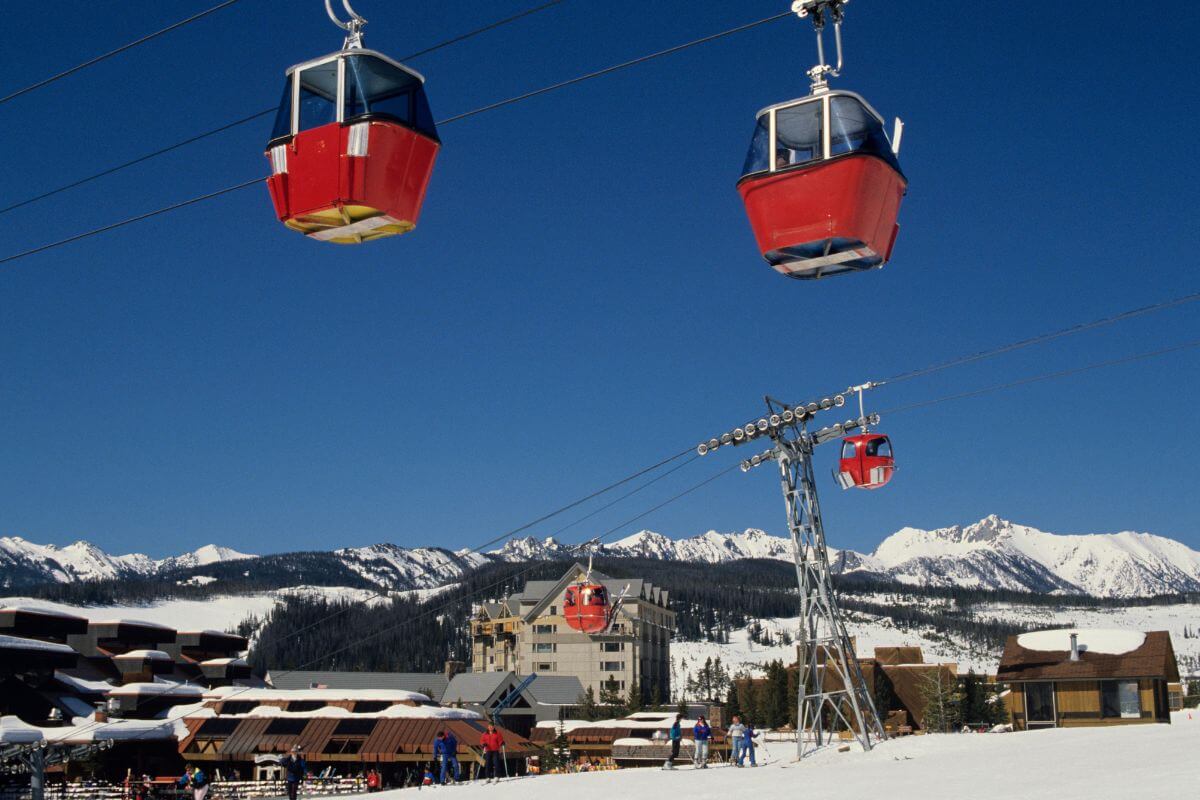
In Montana, the crown jewel is undoubtedly Big Sky Resort. With the title of “Biggest Skiing in America,” it boasts an impressive 5,800 acres of skiable terrain.
Big Sky Resort is known for its lively mountain base and world-class amenities. After a day on the slopes, you can unwind at one of its many restaurants or indulge in some après-ski entertainment.
The resort also hosts a variety of events throughout the season, from live music performances to festivals that celebrate the local culture.
Here are some of the famous skiing resorts in Montana:
- Big Sky Resort – Known for its vast skiable terrain, Big Sky Resort offers challenging slopes, expansive backcountry options, and breathtaking panoramic views of the surrounding mountains.
- Whitefish Mountain Resort – Located near the charming town of Whitefish, this resort features diverse terrain suitable for all skill levels, with well-groomed slopes, tree runs, and snowfall.
- Bridger Bowl Ski Area – A local favorite, Bridger Bowl offers a laid-back atmosphere and challenging terrain, including steep chutes and thrilling tree skiing, attracting skiers and snowboarders.
- Montana Snowbowl Ski Resort – With its close proximity to Missoula, this resort offers a convenient option for locals and visitors, providing a variety of slopes, from gentle runs to challenging bowls.
- Discovery Ski Area – Nestled in the scenic Rumsey and Jubilee, Discovery Ski Area is known for its family-friendly atmosphere and abundant snow, creating a welcoming environment for all skill levels.
Now, let’s turn our attention to the skiing resorts in Colorado, where winter sports enthusiasts are treated to a myriad of world-class options.
Colorado is renowned for its breathtaking mountain ranges and abundant snowfall, making it a haven for skiers from around the globe.
Each resort offers its own unique charm and characteristics, promising unforgettable experiences on the slopes. Get ready to discover the top skiing destinations in Colorado:
- Vail Mountain Resort – Vail offers a wide range of ski runs catering to all skill levels, luxurious accommodations, and a vibrant après-ski scene, making it a destination for skiing enthusiasts.
- Aspen Snowmass – This resort offers diverse terrain, excellent powder, and a lively town atmosphere with upscale dining, shopping, and entertainment options.
- Telluride Ski Resort – Telluride offers challenging slopes, breathtaking views, and a laid-back atmosphere, attracting both avid skiers and those seeking a picturesque mountain experience.
- Beaver Creek Resort – With its pristine grooming, world-class amenities, and exceptional service, Beaver Creek Resort provides a luxurious skiing experience.
- Breckenridge Ski Resort – Breckenridge offers a vast ski area with diverse terrain suitable for all levels, and a vibrant après-ski scene, making it a favorite among both locals and tourists.
Living in Montana Pros and Cons
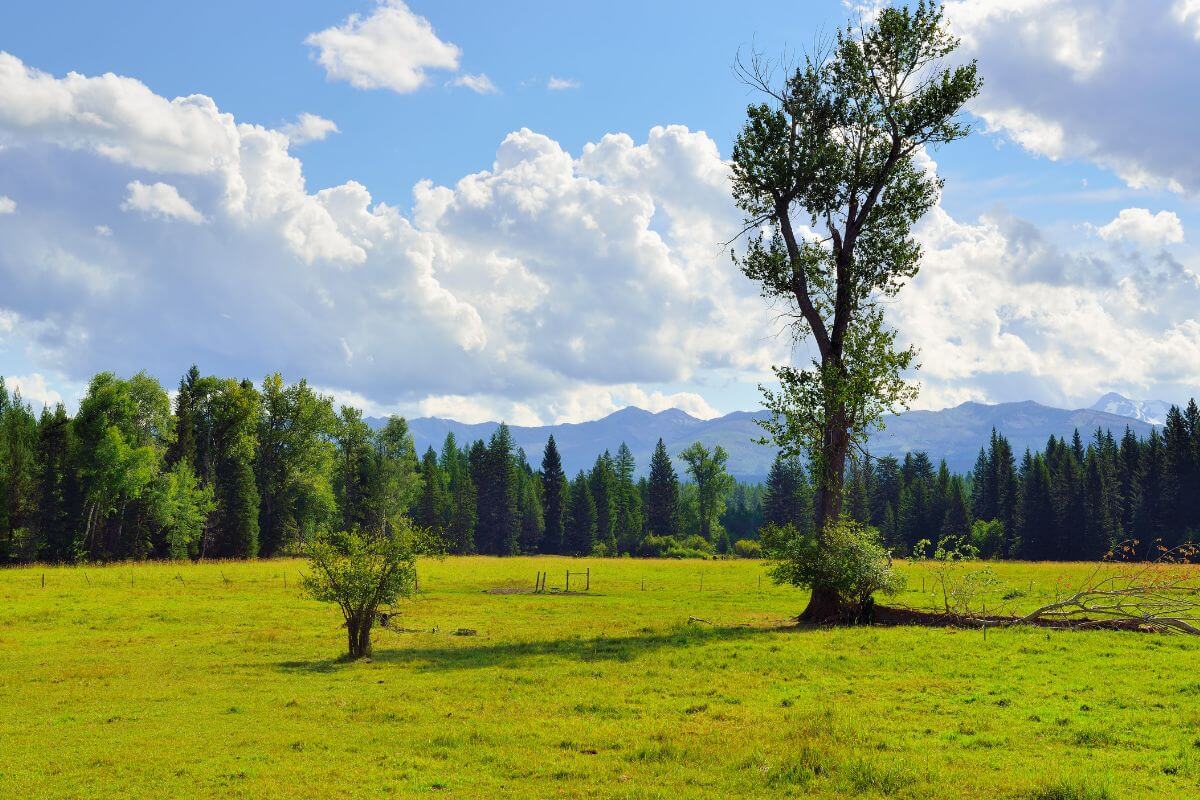
Living in Montana offers a unique and captivating experience that sets it apart from other states. Here are some of the pros of living in Montana:
- Natural Beauty – Montana’s beauty is showcased through its stunning landscapes, which encompass the Rocky Mountains, Glacier National Park, and Yellowstone National Park.
- Low Population Density – Montana holds one of the lowest populations in the US, which means more space and a slower pace of life. If you prefer a quieter rural lifestyle, Montana may be an option.
- Outdoor Recreation – With its wilderness areas and numerous recreational opportunities, whether you enjoy camping, hunting, rafting, or simply exploring nature, there is plenty to keep you engaged.
- Lower Cost of Living – Montana generally has a lower cost of living compared to many other states, including lower housing costs. This is an advantage if you want to stretch your budget.
However, it’s essential to consider the drawbacks as well. Here are some of the cons of living in Montana:
- Harsh Winters – Montana experiences long, cold winters with heavy snowfall in many areas. If you’re not a fan of cold weather or dealing with snow, the winters in Montana may be challenging.
- Limited Job Opportunities – Montana’s economy is based on agriculture, tourism, and natural resource extraction. While there are opportunities in these industries, employment in some fields is challenging.
- Remote Location – Montana is geographically isolated, with larger cities and major amenities far apart. Access to certain services may be limited, and travel to other regions can be time-consuming.
- Healthcare Services – In some rural areas of Montana, access to healthcare services can be limited. Finding specialized medical care or facilities may require traveling to larger cities.
Living in Colorado Pros and Cons
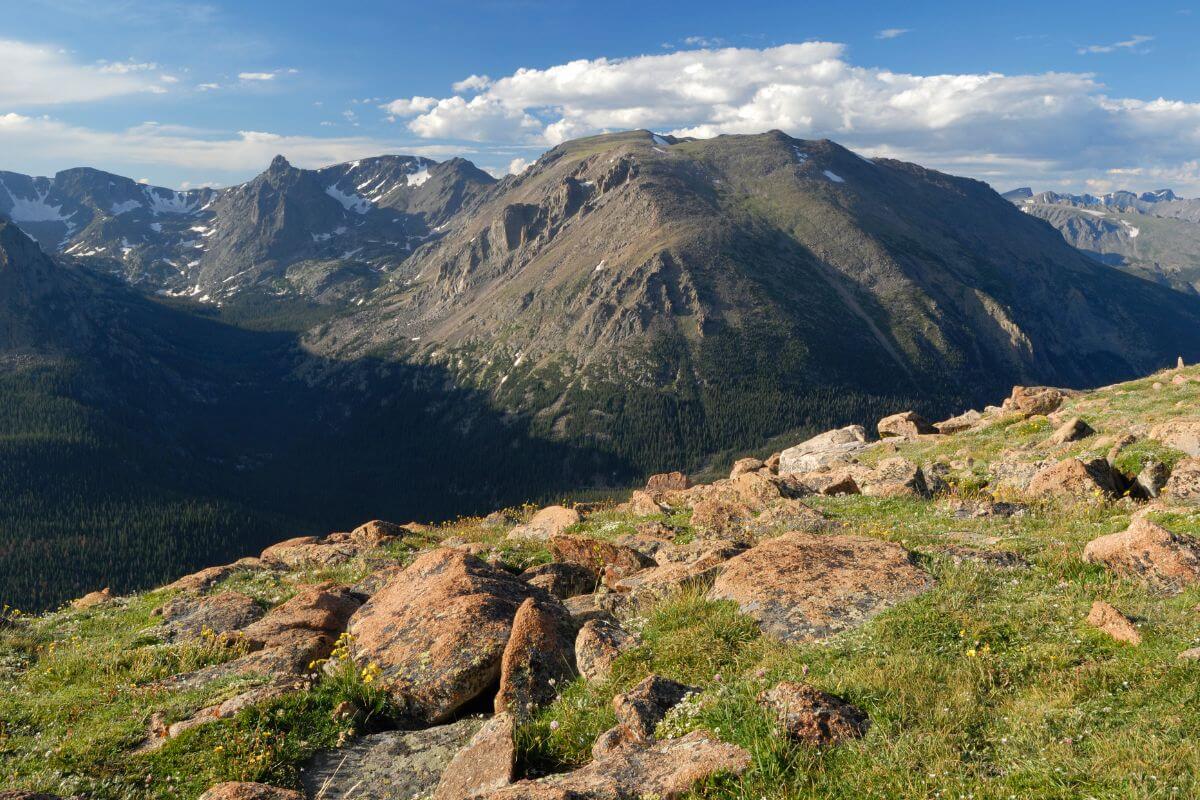
Living in Colorado offers a range of advantages, making it an attractive destination for individuals looking for an active and vibrant lifestyle. Let’s discuss these advantages:
- Majestic Landscapes – Breathtaking natural beauty with majestic mountains, vibrant fall colors, and stunning outdoor recreational opportunities.
- Sunny Lifestyle – The abundance of sunshine and a relatively mild climate, provide ample opportunities for outdoor activities and a healthy lifestyle.
- Thriving Job Market – Thriving job market, particularly in sectors such as technology, aerospace, and renewable energy.
However, it’s essential to consider the cons as well. Here are the potential drawbacks of living in Colorado:
- High Cost of Living – The high cost of living, particularly in popular areas such as Denver and Boulder, makes housing and everyday expenses relatively expensive.
- Traffic Congestion – Rapid population growth leads to increased traffic congestion and strain on infrastructure.
- Extreme weather – There are occasional extreme weather conditions, including heavy snowstorms in winter and wildfires in certain regions.
- Altitude Challenges – Altitude-related health challenges, such as altitude sickness and increased susceptibility to dehydration and respiratory issues.
Montana vs Colorado Final Thoughts
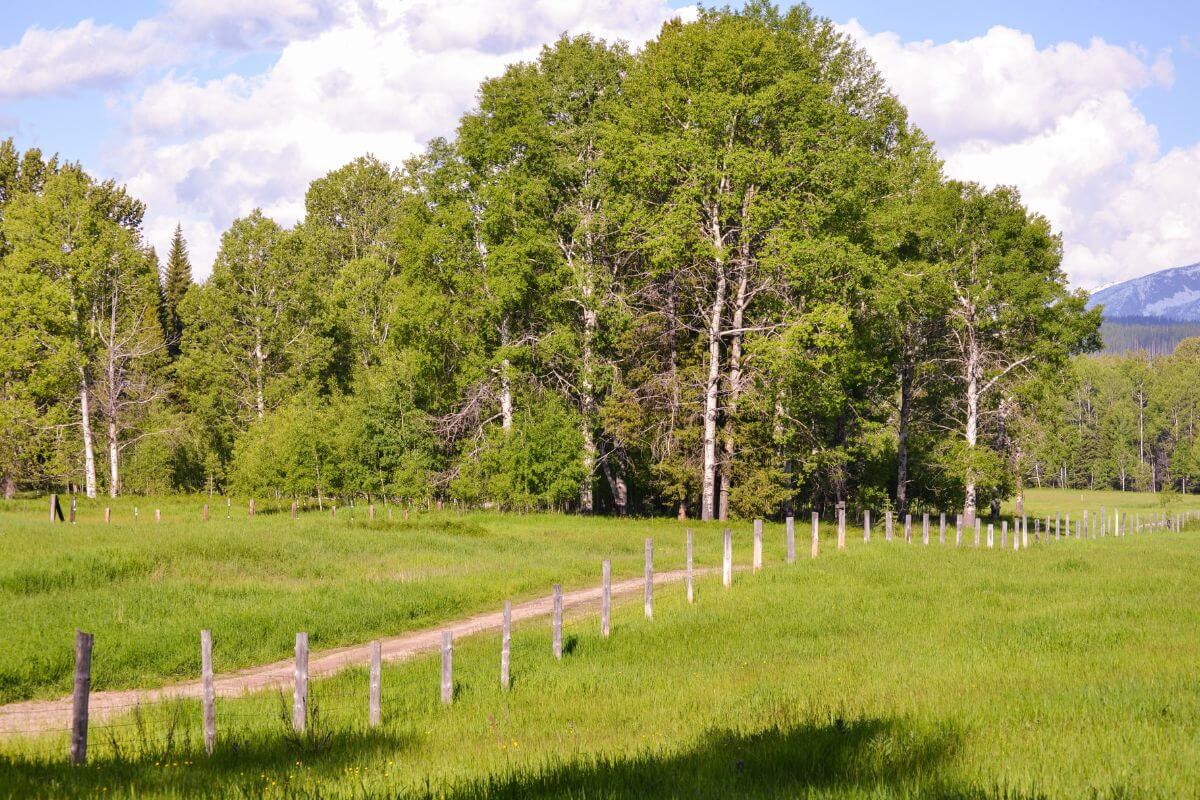
When it comes to Montana vs Colorado debate, both states offer unique experiences and attractions.
While Colorado takes pride in its lively mountain bases and diverse cities, Montana captivates with its untouched landscapes and tranquil solitude.
In terms of outdoor recreation, both states are a dream come true for nature enthusiasts. Colorado’s numerous mountain ranges provide endless opportunities for hiking, skiing, and fly fishing.
Meanwhile, Montana’s stunning national parks like Glacier and Yellowstone offer breathtaking views and unparalleled wildlife encounters.
When considering lifestyle, Montana boasts a lower cost of living compared to Colorado. Housing and everyday expenses tend to be more affordable, allowing residents to enjoy a comfortable life without breaking the bank.
On the other hand, Colorado’s cities like Denver and Colorado Springs offer a vibrant cultural scene and a wide range of culinary experiences.
Climate-wise, Colorado sees milder winters and warmer summers, making it an attractive destination for those who prefer a temperate climate.
Montana, on the other hand, experiences colder winters and more varied weather patterns, appealing to those who enjoy the distinct seasons.
In the end, choosing between Montana and Colorado comes down to personal preferences. If you crave a lively urban lifestyle and diverse recreational opportunities, Colorado might be your best bet.
However, if you yearn for untouched wilderness and a more affordable cost of living, Montana could be the perfect fit. Ultimately, the choice is yours to make based on what truly resonates with you.
Montana vs Colorado FAQs
1. Is Living in Montana Less Expensive Than Living in Colorado?
According to 2021 data from the Bureau of Economic Analysis, the average cost of living in Montana is $47,887 while in Colorado is $53,374 per year. Living in Montana is less expensive than living in Colorado.
2. Which State Has Colder Temperatures, Montana or Colorado?
Montana belongs in the top ten of the coldest states in the US, while Colorado did not make it to the list. This means that Montana experiences colder temperatures compared to its neighbor, Colorado.
The geographic location and mountainous landscapes of Montana contribute to its chilly climate, making it a perfect destination for those seeking a winter wonderland.
Montana and Colorado share many similarities, but the variations you encounter will largely depend on your specific location within each state.
Both states boast stunning mountainous scenery, extensive river networks, and abundant wildlife. They are equally breathtaking, offering ample opportunities for skiing, hiking, and similar weather patterns.
4. Why Do People Consider Montana an Affordable Place to Live?
Montana is often considered an affordable place to live due to several factors.
Its relatively low cost of living coupled with a slower pace of life and access to natural beauty makes it an attractive and economical choice for many individuals and families.
5. Which Three States Have the Coldest Temperatures?
The three coldest US states are Alaska, North Dakota, and Minnesota. Alaska is the coldest state in the US with an average temperature of -18.58°F, followed by North Dakota at -42.98°F, and Minnesota at -43.24°F.
If you want to learn more about Montana, keep your mind engaged with these articles:
- https://www.census.gov/geographies/reference-files/2010/geo/state-area.html
- https://www.census.gov/quickfacts/fact/table/MT,CO/HSG860221
- https://www.e-education.psu.edu/emsc297/node/708
- https://mhs.mt.gov/education/Elementary/Chap1.pdf
- https://www.ccu.edu/campus-life/colorado/climate/
- https://www.usgs.gov/centers/national-minerals-information-center/mineral-industry-colorado
- https://www.usgs.gov/centers/national-minerals-information-center/mineral-industry-montana
- https://lmi.mt.gov/_docs/Publications/EAG-Articles/1022-HousingAffordability.pdf
- https://csit.udc.edu/~rpalomino/courses/spring13/wd/sites/rachana/proj1.html

